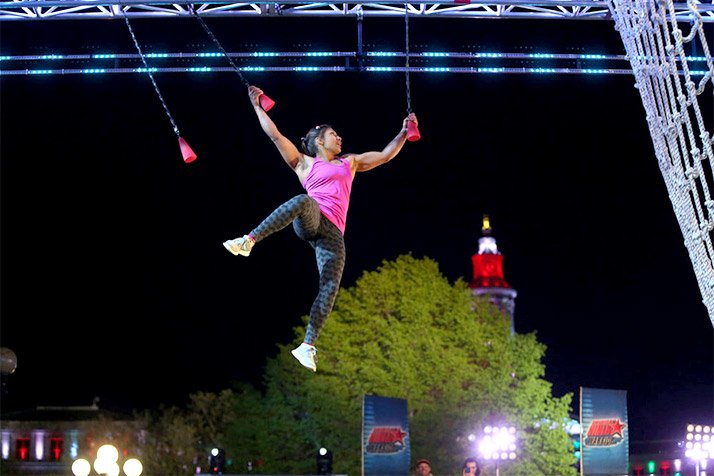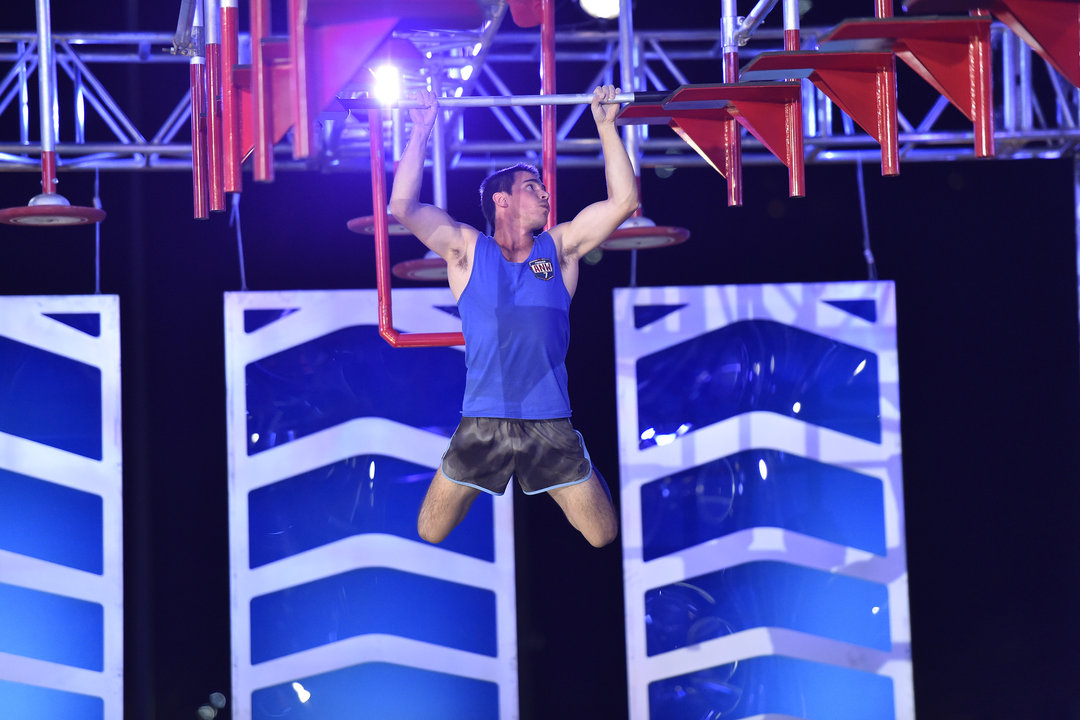Isaac Caldiero and Geoff Britten
With so much emphasis being put upon conquering Mount Midoriyama, it may be surprising that only two ninjas have completed the entirety of the American Ninja Warrior course. This is not an indictment on the ninjas or their dedication, rather it shows how volatile the sport can be. The ninjas only have one chance to complete the course, with one mistake deciding their fate. One missed handhold or a jump that is just an inch too short is the difference between reaching the next stage and having to wait an entire year for another chance to compete. ANW is a sport of precision, so it is not surprising that there have only been two competitors to reach Stage 4 of the National Finals.

Stage 4 is a simple stage. There is only one obstacle, a climbing rope. This 75 foot rope must be climbed within 30 seconds. By itself, this is a relatively easy obstacle, but what makes this obstacle especially difficult is that it must be completed after the previous three stages. When most athletes fail to complete Stage 3 because of mistakes due to exhaustion, adding a 75 foot rope climb onto the end borders on cruel. The competitors likely find some motivation through the prize of a million dollars and the title of American Ninja Warrior.

The first time that anyone reached Stage 4, two reached it at the same time. These two ninjas are Isaac Caldiero and Geoff Britten. Isaac Caldiero is one of the best rock climbers in the country with an uncanny knack for making any obstacle that he takes on look easy. Geoff Britten is another rock climber with forearms that would make Popeye jealous (seriously, they are the size of his biceps).

Taking on the obstacle first, Geoff Britten climbed the rope in 29.65 seconds. Finally, someone had completed the course! It was, in fact, possible. Now, all eyes set on Isaac Caldiero. Caldiero managed to climb the rope in only 26.14 seconds, a full three seconds faster than Britten.
/cdn.vox-cdn.com/uploads/chorus_image/image/57038143/Screen_Shot_2017_10_06_at_11.21.59_AM.0.png)
Now, the people who run ANW faced a unique question: what do you do with the prize money when two people win? The show had no plan for this situation, so they decided that Isaac Caldiero, having completed Stage 4 faster, should receive the prize money and title of American Ninja Warrior. While Geoff Britten may be the first American Ninja Warrior, Isaac Caldiero managed to be the American Ninja Warrior with an extra million dollars to his name.
<http://sasukepedia.wikia.com/wiki/American_Ninja_Warrior_7>




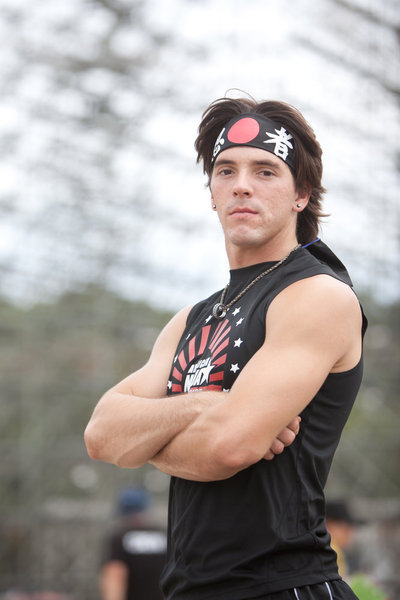
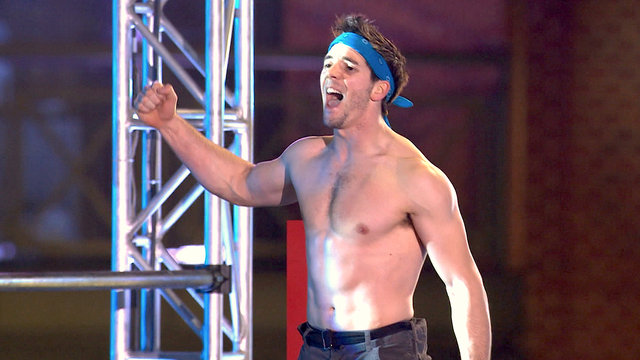
/cdn.vox-cdn.com/uploads/chorus_image/image/55836485/20292985_1438844686207062_6059405150731437016_n.0.jpg)




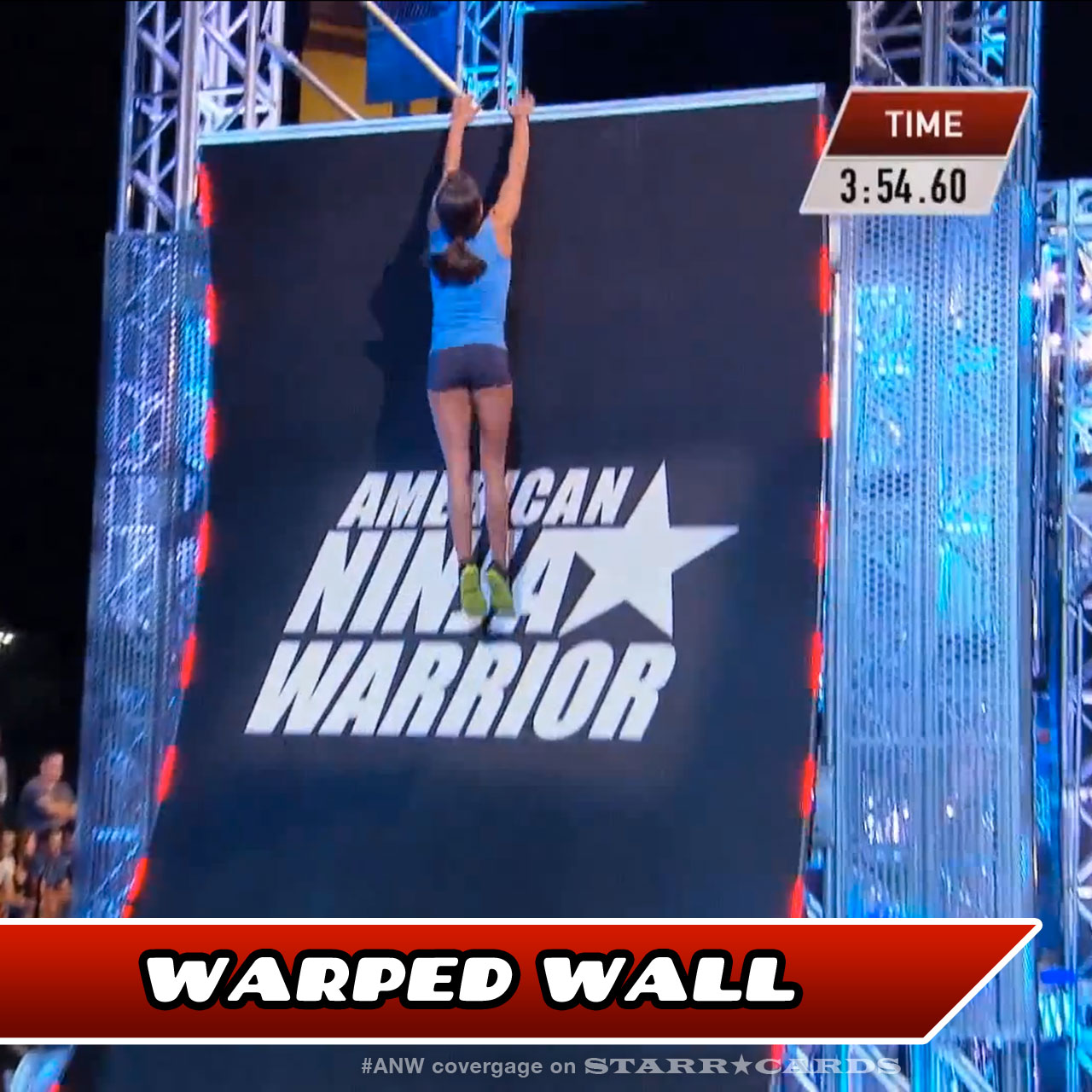
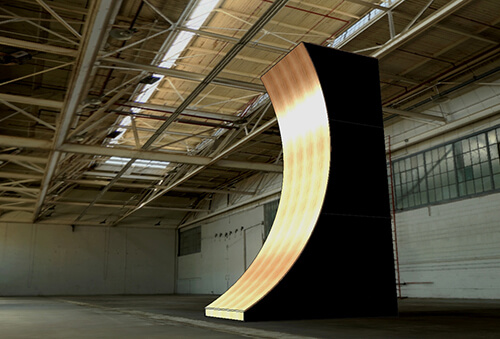
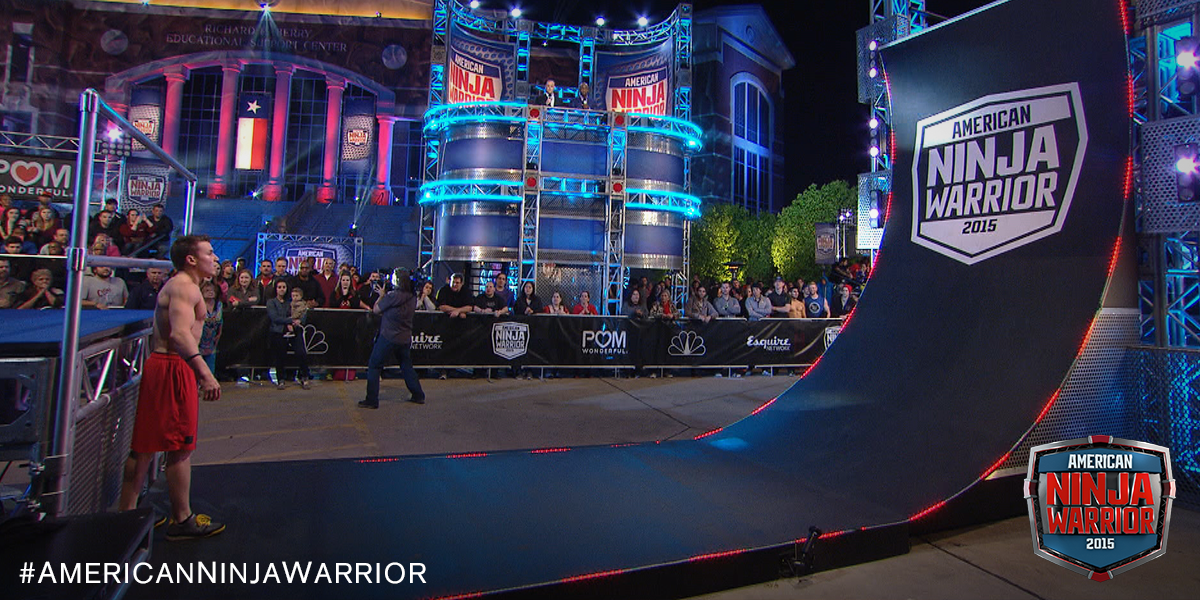

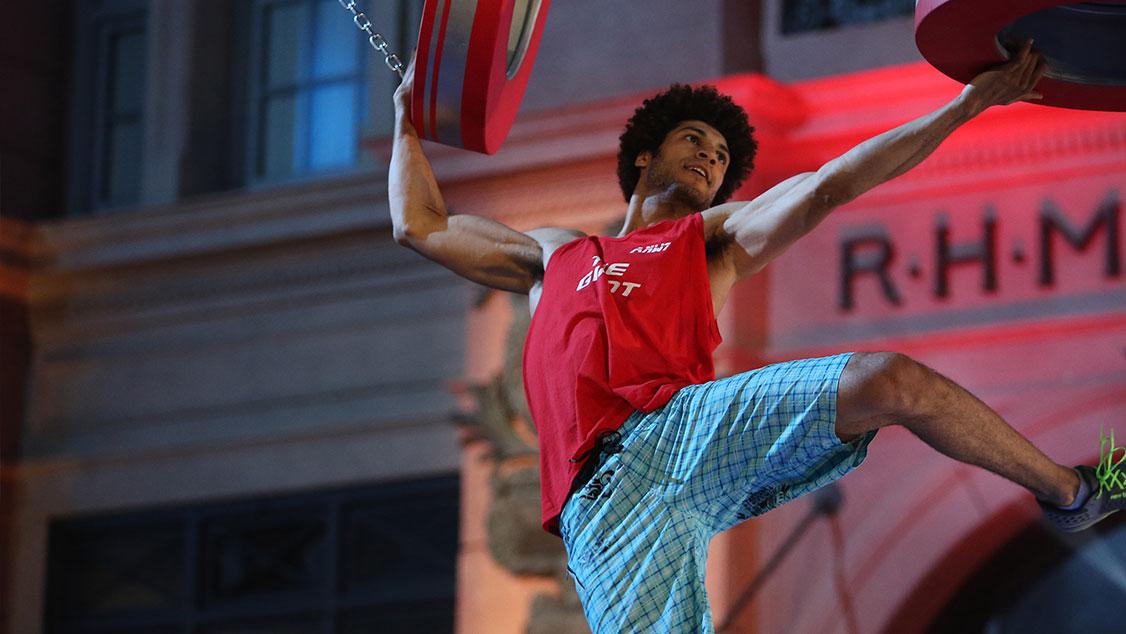



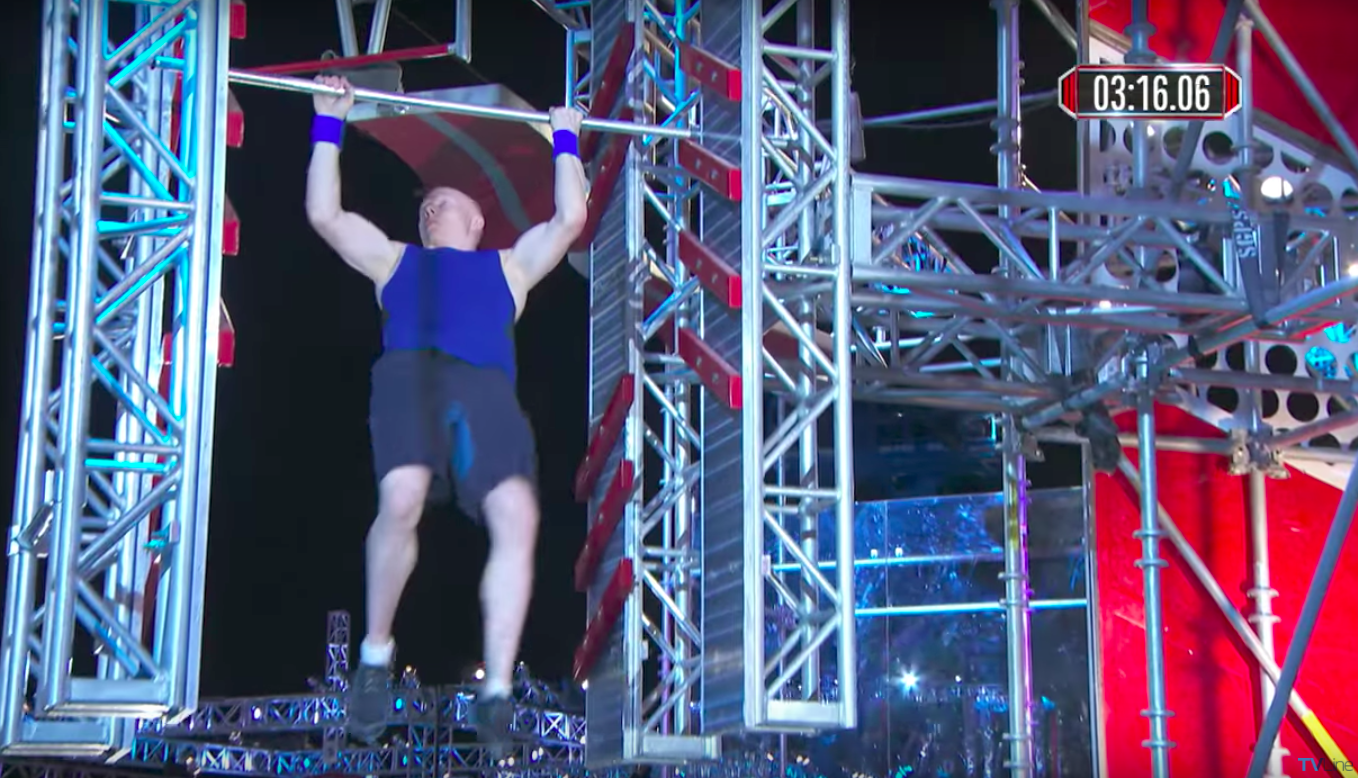











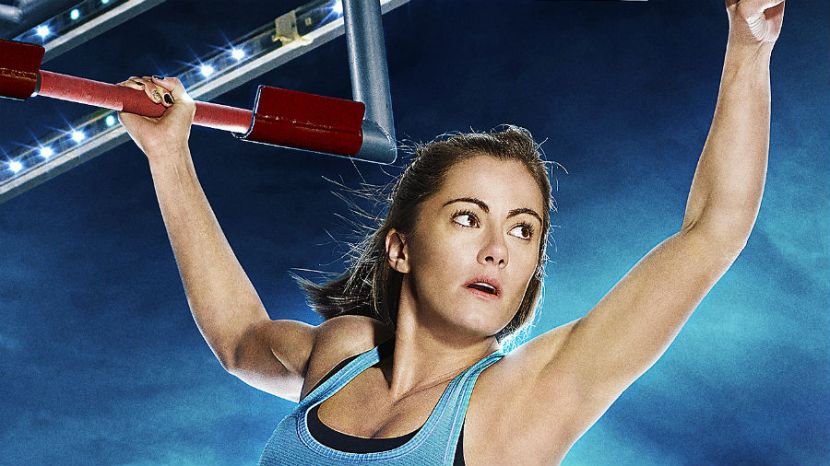




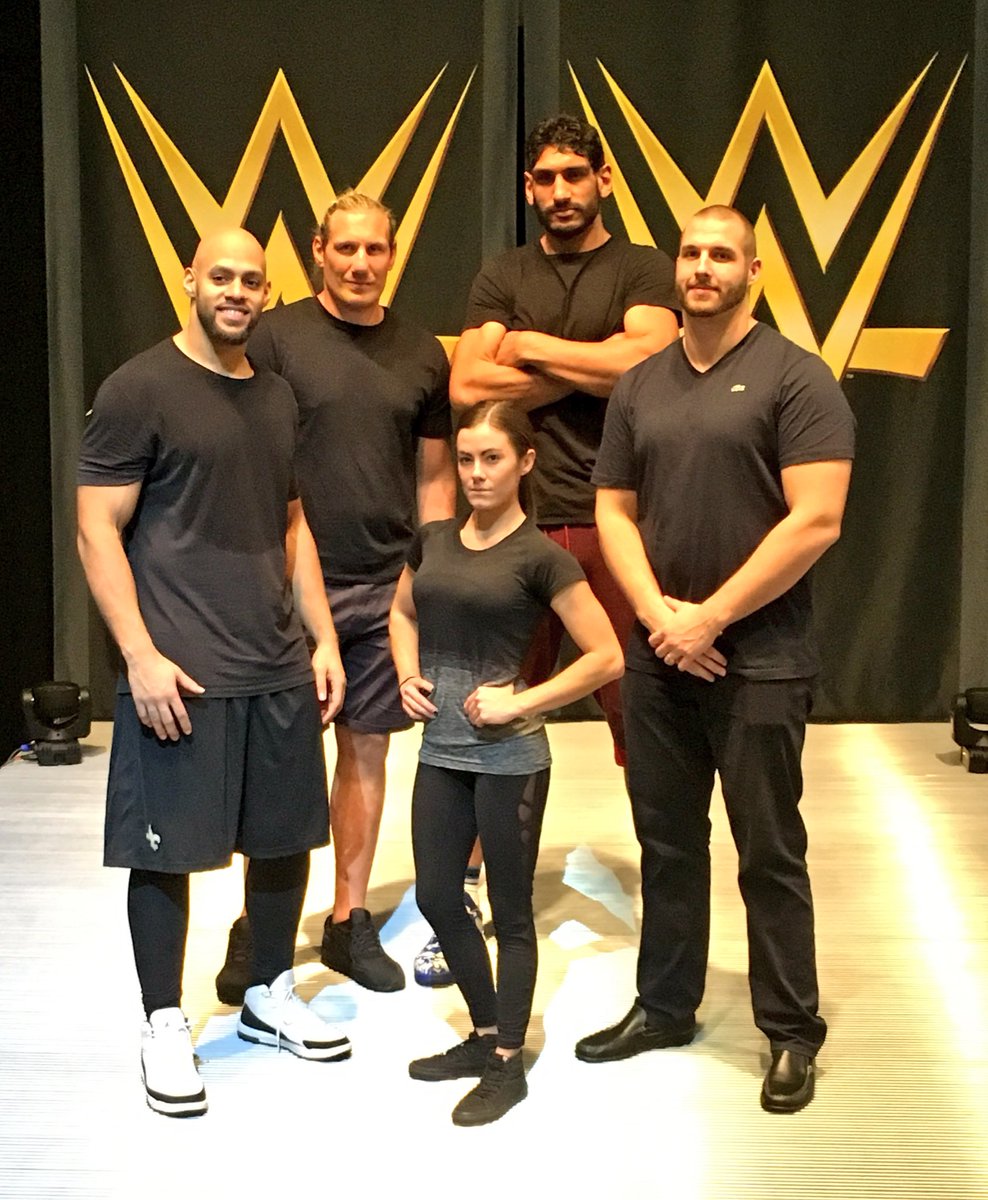

/cdn.vox-cdn.com/uploads/chorus_image/image/50269693/Screen_20Shot_202016-08-01_20at_2012.37.30_20PM.0.png)





